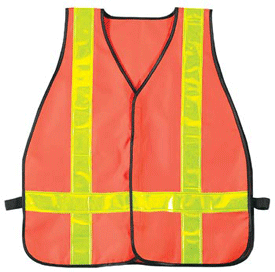
From OSHA’s Interpretations:
Question: Construction employees working on highway/road construction work zones often risk being struck by traffic. Do the OSHA standards require high-visibility apparel for these construction workers?
Answer: Road and construction traffic poses an obvious and well-recognized hazard to highway/road construction work zone employees. OSHA standards require such employees to wear high visibility garments in two specific circumstances: when they work as flaggers 1 and when they are exposed to public vehicular traffic in the vicinity of excavations2. However, other construction workers in highway/road construction work zones are also exposed to the danger of being struck by the vehicles operating near them. for such workers, section 5(a)(1) of the OSH Act, 29 U.S.C. §654(a)(1), also known as the General Duty Clause, requires similar protection3.
The Federal Highway Administration’s (FHWA) recent issuance of a final rule (Worker Visibility, 23 CFR Part 634)4 demonstrates the need for all workers who are exposed either to public traffic or to construction vehicles and equipment to wear high-visibility apparel5. Section 634.3 of the Worker Visibility Rule states:
All workers within the right-of-way of a Federal-aid highway who are exposed either to traffic (vehicles using the highway for purposes of travel) or to construction equipment within the work area shall wear high-visibility safety apparel.
The purpose of this requirement, as stated in section 634.1, is “to decrease the likelihood of worker fatalities or injuries caused by motor vehicles and construction vehicles and equipment….” In the preamble to the Worker Visibility rule (Volume 71 of the Federal Register, page 67792), the FHWA stated:
High visibility is one of the most prominent needs for workers who must perfonn tasks near moving vehicles or equipment. The need to be seen by those who drive or operate vehicles or equipment is recognized as a critical issue for worker safety. The sooner a worker in or near the path of travel is seen, the more time the operator has to avoid an accident. The FHWA recognized this fact and included language in the 2000 Edition of the Manual on Uniform Traffic Control Devices (MUTCD) to address this issue.
The FHWA’s rationale underlying the rule well illustrates that the industry recognizes that construction workers in highway/road construction work zones need protection against the hazard posed by moving traffic. The FHWA’s recent mandatory standard for workers on federal-aid highways shows that struck-by hazards in highway/road construction work zones are well recognized by the construction industry. Furthermore, the standard indicates that a feasible means of addressing that hazard is the wearing of high-visibility apparel. Accordingly, high-visibility apparel is required under the General Duty Clause to protect employees exposed to the danger of being struck by public and construction traffic while working in highway/road construction work zones. Typically, workers in a highway/road work zone are exposed to that hazard most of the time.
Richard E. Fairfax, Acting Director
Directorate of Construction
(footnotes after the break) (more…)
 Federal OSHA will strengthen its oversight of states that run their own job safety programs to ensure they adequately protect workers, the agency’s leader told a congressional panel recently.
Federal OSHA will strengthen its oversight of states that run their own job safety programs to ensure they adequately protect workers, the agency’s leader told a congressional panel recently.
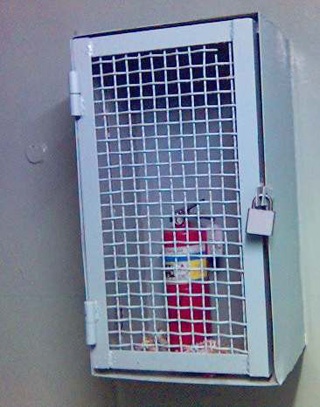
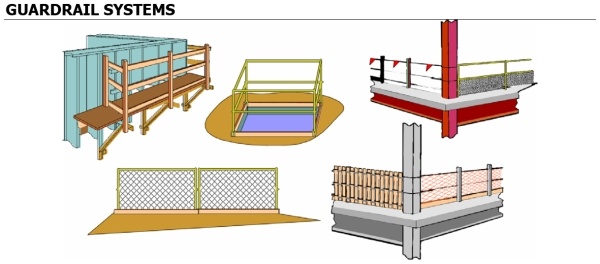




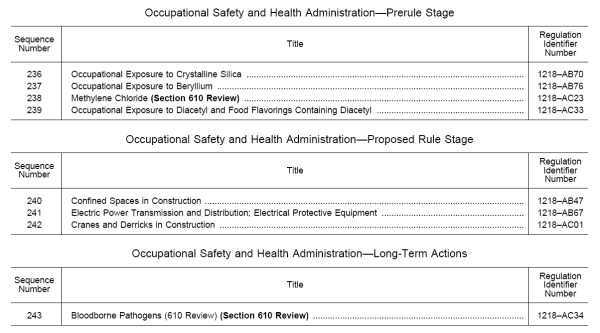

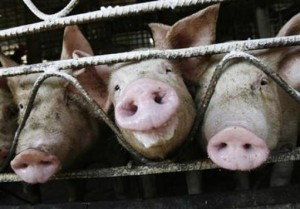 A pandemic is a global disease outbreak. An influenza pandemic occurs when a new influenza virus emerges for which there is little or no immunity in the human population; begins to cause serious illness; and then spreads easily person-to-person worldwide. A worldwide influenza pandemic could have a major effect on the global economy, including travel, trade, tourism, food, consumption and eventually, investment and financial markets. Planning for pandemic influenza by business and industry is essential to minimize a pandemic’s impact.
A pandemic is a global disease outbreak. An influenza pandemic occurs when a new influenza virus emerges for which there is little or no immunity in the human population; begins to cause serious illness; and then spreads easily person-to-person worldwide. A worldwide influenza pandemic could have a major effect on the global economy, including travel, trade, tourism, food, consumption and eventually, investment and financial markets. Planning for pandemic influenza by business and industry is essential to minimize a pandemic’s impact.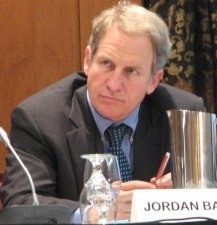
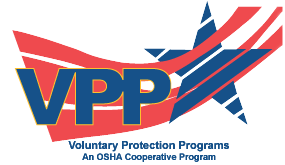 “The Voluntary Protection Programs (VPP) promote effective worksite-based safety and health. In the VPP, management, labor, and OSHA establish cooperative relationships at workplaces that have implemented a comprehensive safety and health management system. Approval into VPP is OSHA’s official recognition of the outstanding efforts of employers and employees who have achieved exemplary occupational safety and health.”
“The Voluntary Protection Programs (VPP) promote effective worksite-based safety and health. In the VPP, management, labor, and OSHA establish cooperative relationships at workplaces that have implemented a comprehensive safety and health management system. Approval into VPP is OSHA’s official recognition of the outstanding efforts of employers and employees who have achieved exemplary occupational safety and health.”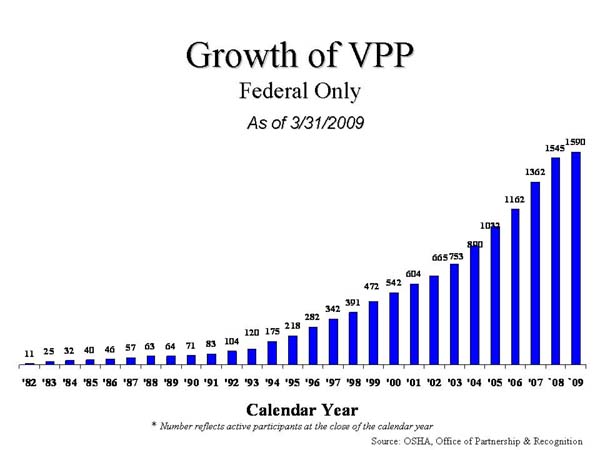
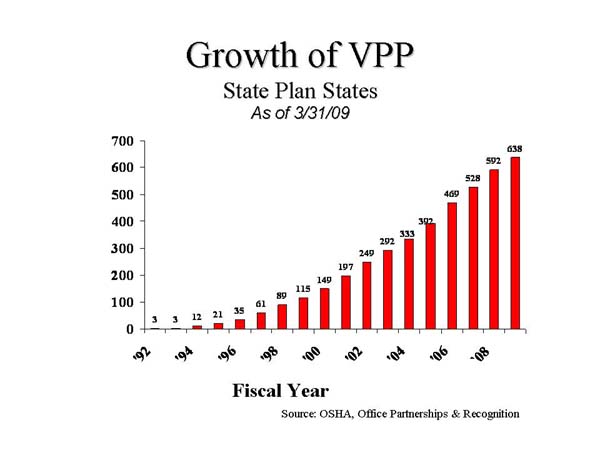
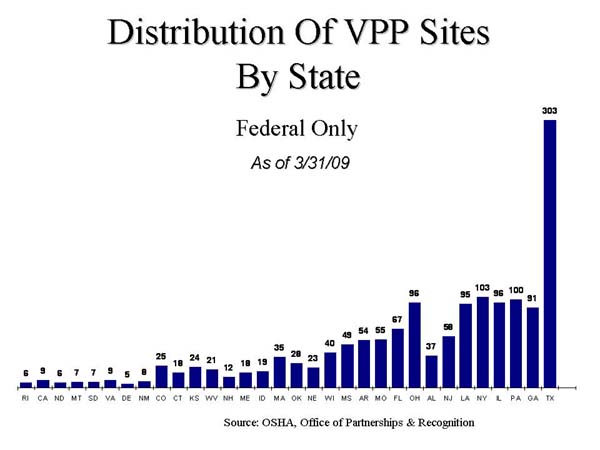
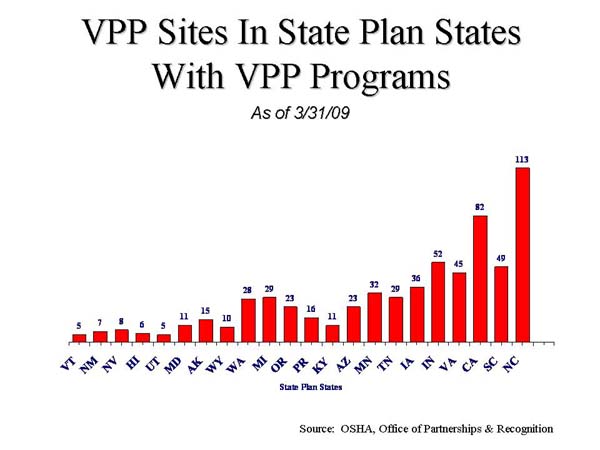
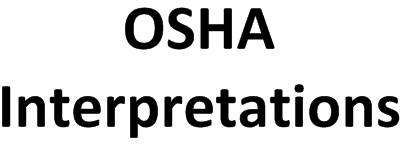 The purpose of this memorandum is to resolve issues concerning adjustments of the PEL during extended work shifts. This applies for exposures to the noise levels of Table G-16 of 29 CFR 1910.95 or substances found in Subpart Z. Current OSHA policy requires only the action level to be reduced for exposures to noise during extended work shifts; the PEL is not required to be adjusted. The only standards which require PEL adjustments are the lead standards in construction and general industry. These standards have a specific provision which requires work shift adjustments. Existing policy for Occupational Exposure to Cotton Dust also has a requirement to adjust extended work shifts when employees are required to wear respirators for a portion of the work shift to reduce their level of exposure, as set forth in the Federal Register, Vol. 45, No. 251, pp. 85736-85739. The contribution that the extended work hours adds to employee exposure must be included in calculating the required time respirators must be worn during the shift.
The purpose of this memorandum is to resolve issues concerning adjustments of the PEL during extended work shifts. This applies for exposures to the noise levels of Table G-16 of 29 CFR 1910.95 or substances found in Subpart Z. Current OSHA policy requires only the action level to be reduced for exposures to noise during extended work shifts; the PEL is not required to be adjusted. The only standards which require PEL adjustments are the lead standards in construction and general industry. These standards have a specific provision which requires work shift adjustments. Existing policy for Occupational Exposure to Cotton Dust also has a requirement to adjust extended work shifts when employees are required to wear respirators for a portion of the work shift to reduce their level of exposure, as set forth in the Federal Register, Vol. 45, No. 251, pp. 85736-85739. The contribution that the extended work hours adds to employee exposure must be included in calculating the required time respirators must be worn during the shift.